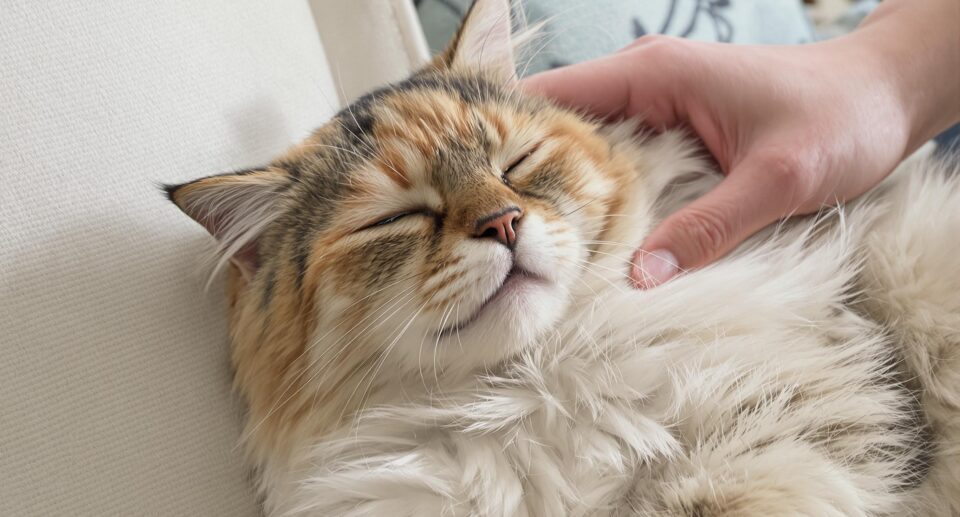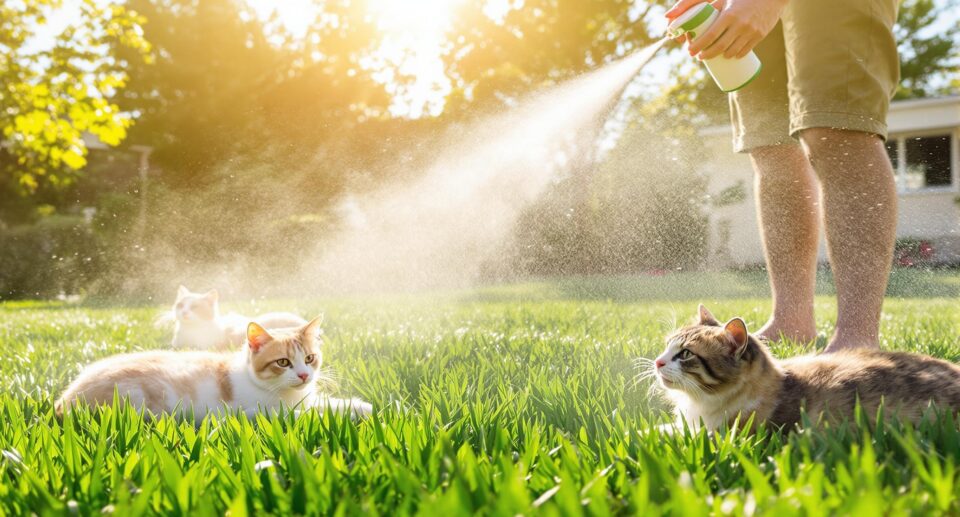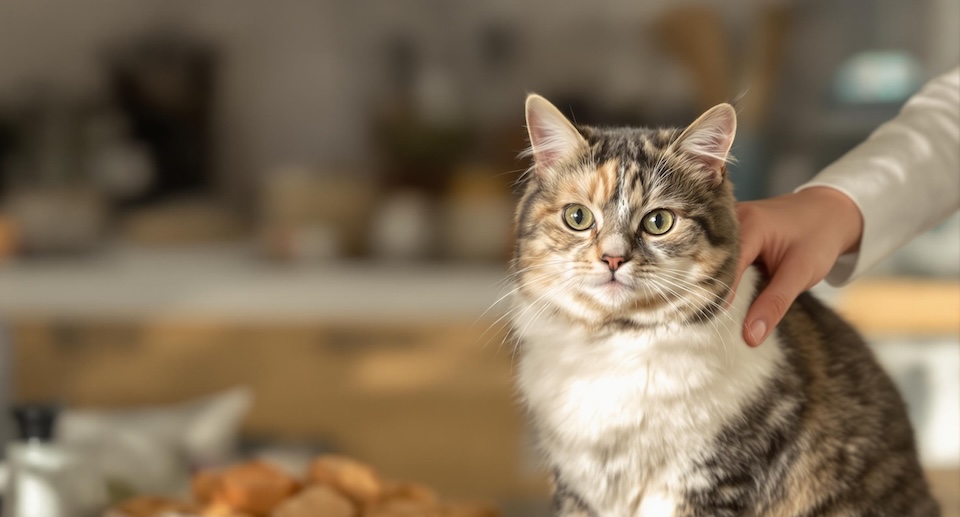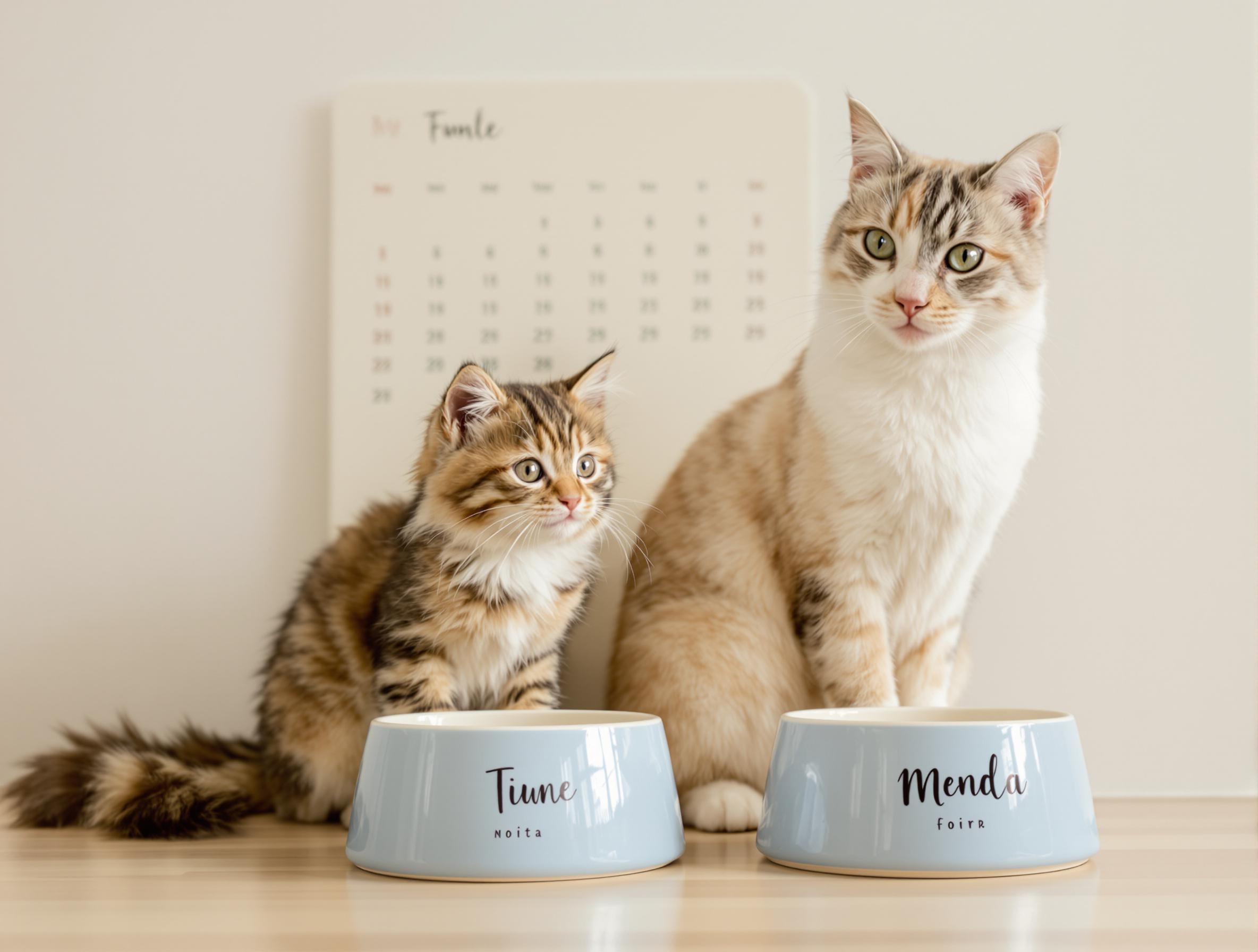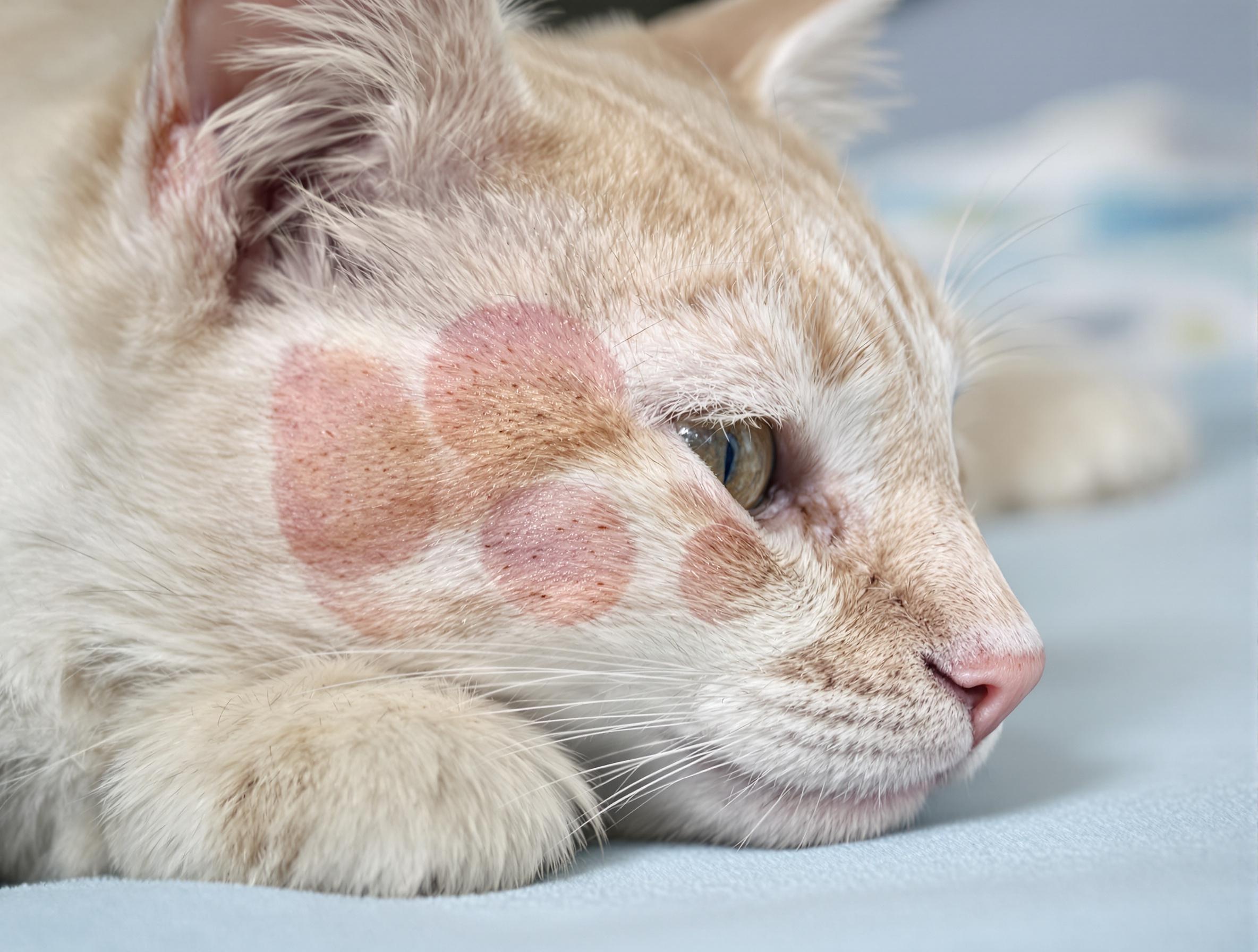Why Are So Many Cats Struggling with Obesity?
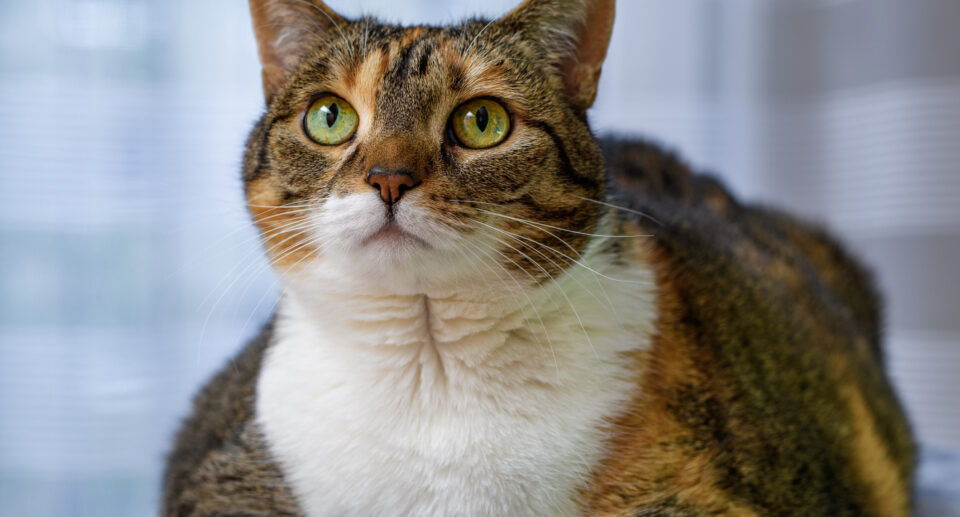
Most pet parents realize that it’s important to keep their dog or cat at a healthy weight. Even so, pet obesity has been on a steady upward trend for the past decade.
According to 2022 data from the Association for Pet Obesity Prevention, just about every 2 in 3 pets in the United States are overweight. Around 1 in 4 dogs and 1 in 3 cats are obese, meaning they exceed their ideal body weight by over 30%.
In recognition of Pet Obesity Day, learn why so many pets are becoming obese, why weight management can be difficult, and what we can do to help our own dogs and cats achieve and maintain a healthier weight.
5 Unexpected Causes of Obesity in Dogs and Cats
When it comes to fighting obesity in dogs and cats, it might seem as though we could just feed our pets less. After all, they can’t feed themselves. But it’s really not that simple. These five factors are making it harder than ever to keep pets healthy.
1. Same Calories, Different Day.
Weight-based serving guidelines on pet food packages are a good starting point, but they do not account for variations in metabolism. Your pet’s metabolism will change over their lifetime, and without adjusting their caloric intake to match their needs, it’s easy for them to gain weight even if their diet stays the same.
Your pet’s metabolism is influenced by many factors. Seasonal changes, activity levels, and age will all change how your pet burns calories.
It’s incredibly common for dogs and cats to begin to gain weight after spaying or neutering. Changes in your pet’s hormones mean they will have a slower metabolism, yet they may also have a stronger appetite. If your pet is fully grown and at their ideal body condition, you’ll need to feed about 30% fewer calories each day to ensure that they do not gain too much weight.
2. When A Cup Is More Than A Cup.
Could you be unknowingly overfeeding your pet? According to a 2010 School of Veterinary Science study, pet parents were found to overestimate their pet’s portion sizes by up to 80%. Keep in mind that the serving size on the pet food packaging is per day, not per meal, and should be divided according to how many times you feed your pet each day. Use a dry measuring cup and make sure to level it off, rather than feeding a heaping serving.
3. Treats That Go Uncounted.
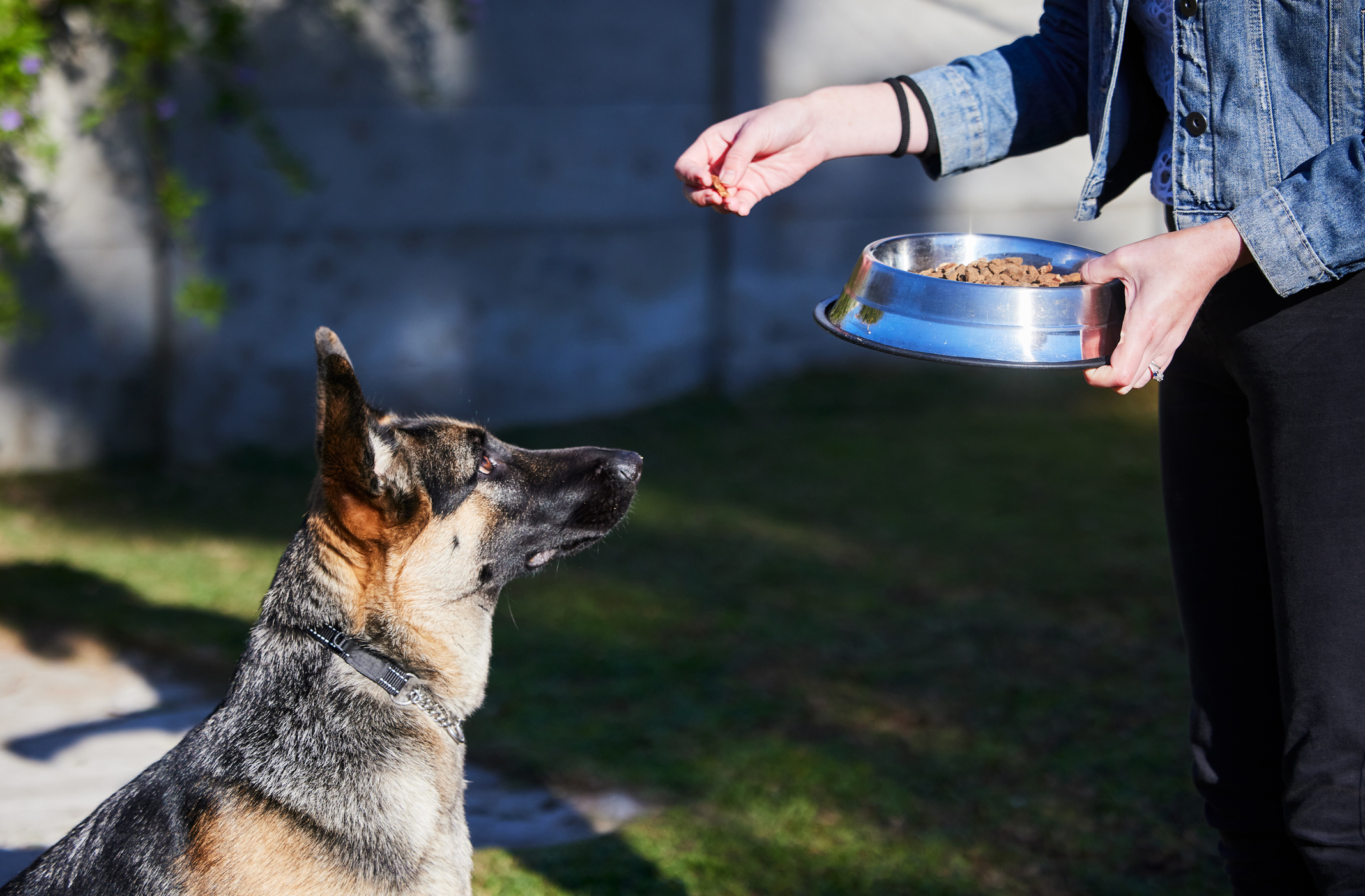
Using portions of meals as training treats can be a great way to motivate your pet without high-calorie treats.
Between training rewards, dental chews, snacks, and even chewable supplements, extra calories can really add up. Treats should make up no more than 10% of your pet’s daily caloric intake. If your pet’s favorite treats are high in calories, consider swapping for lower calorie favorites like green beans, carrots, apples, and single-ingredient freeze-dried treats. For pets that need high value rewards, you can make healthy treats more tantalizing by mixing with small amounts of aromatic foods.
4. When Pets Always Seem Hungry.
Dogs and cats tug at our heartstrings. They can convince us that they’re starving even though their nutritional needs are met. Whining, begging, and food-seeking behavior can make us feel guilty or drive miscommunication between family members, leading to extra meals and treats, and in turn, extra weight gain.
A weight management pet food can provide additional protein and fiber to help an overweight pet feel satiated with fewer calories. Often, your pet will beg less with this simple dietary change.
Beyond that, begging for food can actually be a sign that your dog or cat is bored and needs more attention and mental stimulation, rather than extra treats.
Many pet parents admit to bonding with pets over giving treats and express love with food, especially on busy days when they feel guilty over not spending enough quality time with them.
While it’s not always easy to find more time to engage with your pet, in the long run, it’s a much more gratifying way to show your love. And on those busy days, try setting up enrichment activities to help your pet stay busy. Puzzle toys and interactive feeders are invaluable for fighting boredom while offering pets a chance to work for their food.
5. The Elephant in The Waiting Room.
Navigating serving sizes, ideal body condition, daily caloric intake, and weight management diets can be overwhelming for any pet parent. But there’s no need to go at it alone. Your veterinarian can help create a plan that’s tailored to your pet’s unique nutritional needs. However, many vets report feeling uncomfortable with addressing weight and obesity during wellness visits.
You can ask a veterinarian anything you’d like to know about your pet’s diet. You can ask if your pet is at their ideal weight, what they should weigh, what you should feed them and how much. Consulting your vet early in your pet’s health journey can prevent obesity altogether. Your vet will be happy to help at any step of the way – and may even be relieved that you started the conversation.

